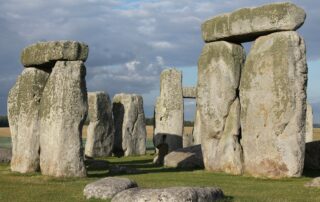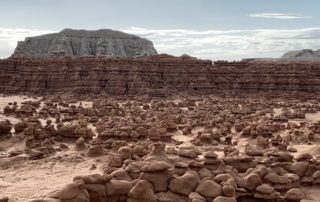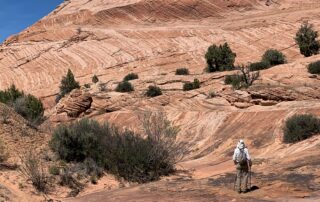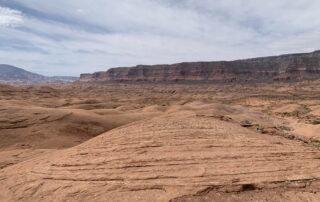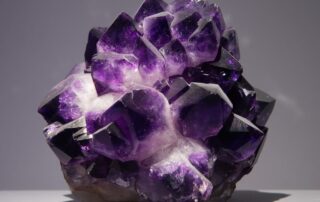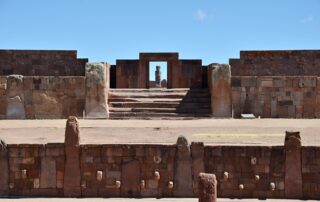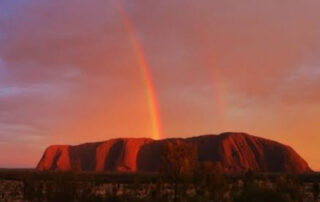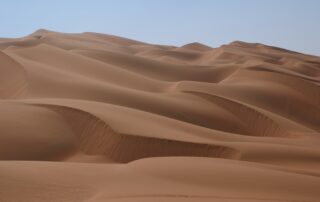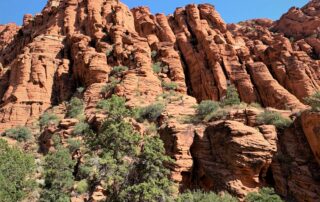Monoliths, Megaliths, and Ancient Quarries—Part 2
Ancient people made circular arrangements of enormous stones at Stonehenge beginning around 5,000 years ago in the southern part of modern England. Compared with other ancient megalithic monuments in Europe, Stonehenge is unique for the great distances that the builders moved blocks. Archaeologists have shown that quarry locations for some multi-ton blocks are about 140 mi (225 km) distant.
